Brand new and exclusive to Crime+Investigation, Murder at My Door with Kym Marsh explores four cases of innocent people murdered by someone they thought they could trust. The stories show that someone’s safe place, their sanctuary, is also somewhere they can be at their most vulnerable.
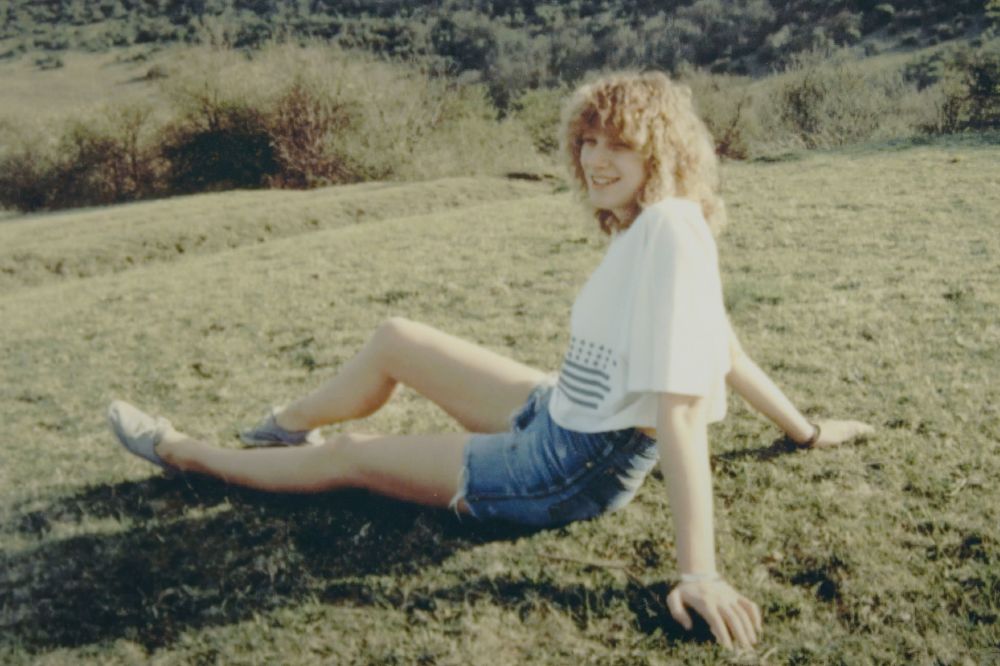
Susan Annis / Picture Credit: A & E Networks
The case of Susan Annis began in 1996, and following her suspicious death many of her friends, family, and colleagues simply could not let her death lie, as they knew there was something suspicious about it.
Among these concerned friends was Doctor John Parsley. Dr Parsley worked with Susan and was a close friend, and this case would not have been solved without him.
For this week’s Sinister Saturday, we will be discussing the case of Susan Annis after speaking with Dr Parsley himself, in an interview conducted by staff writer Melissa Allen; both will be a key aspect throughout this discussion.
What happened to Susan Annis?
Susan Annis (also called Sue) was a dedicated nurse practicing at Crawley General Hospital in Sussex.
Everyone Sue worked with would speak very highly of her; Doctor Parsley, who was a college doctor at the time, described her as “lively, caring, and hardworking”.
For a while before her unfortunate death, Sue had been complaining of heart palpitations, and being a rather bubbly and outspoken person, almost everyone she worked with knew about this.
Speaking with us here at Female First, Dr Parsley stated that Sue’s “heart condition was not of a serious nature at her age”, making her death even more ominous.
On a nursing course Sue met many new friends including a man working in the same field, Kevin Cobb. Hitting it off, she invited back to her dorm room for a drink, after a meal out with colleagues.
Shortly after the two got back to the room, Sue supposedly began to complain about irregular heartbeats and collapsed not long after. Cobb ran to get other nursing staff, but it was too late. Susan had died.
After Susan’s death
Dr Parsley stated that Susan’s death was very suspicious from the beginning, and said there was “this gap in the knowledge of what’s really happened.”
Cobb was at the funeral, and was crying and kept saying sorry to people, which is normal at those occasions. Sue's parents even thanked him for being there when their daughter had died.
“Cobb approached my car at the end of the funeral in tears saying how sorry he was,” said Dr Parsley. “Mrs Annis… later told me that she had spoken to him and he was in tears then, nothing out of the ordinary.”
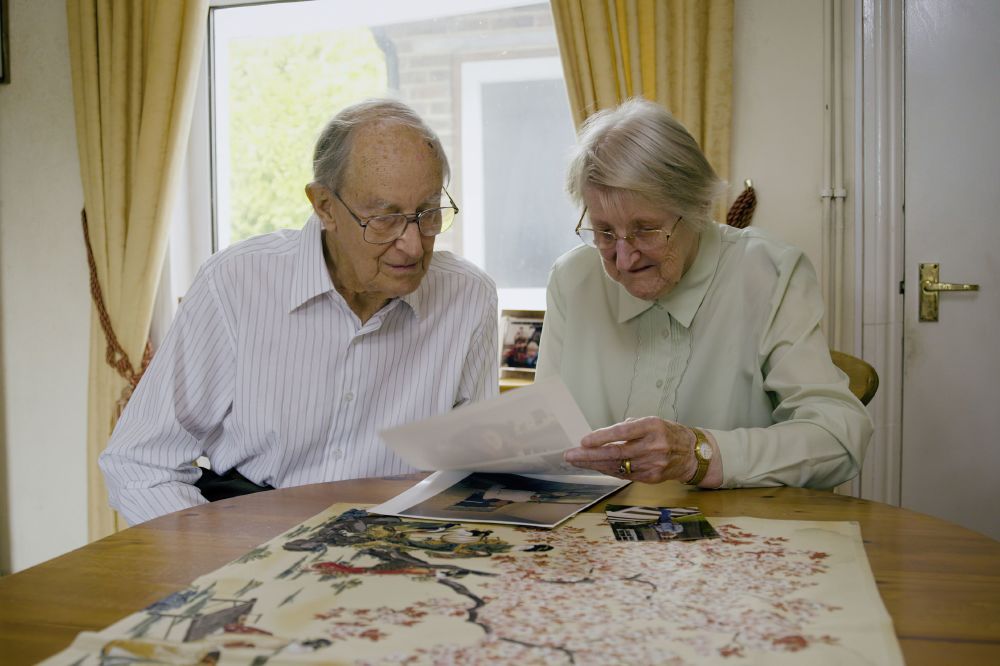
Three months after Sue’s passing, an inquest into her death began. Dr Parsley states that he “went to the inquest of Westminster court with Sue’s family. Her GP would not normally go to an inquest, [but] he went as well.
“There’s something where you can’t put your finger on it, but you know something’s not straightforward. Because why would all these people be going?”
The post-mortem included a toxicology report, which found traces of the drug Midazolam in Sue’s system and her stomach also.
Jim Dickie, former Detective Superintendent of the Metropolitan Police, explains that the drug “is used for invasive procedures, it doesn’t knock you out like an anaesthetic. But what is does do – you have a sort of out of body experience, and you don’t feel any pain.” The dosage given to a patient determines how much of an event they remember.
The coroner however, dismissed the cause of death as the Midazolam – which irritated friends and family, especially those who knew that Sue would not ingest this drug; it is meant for injection.
Jo Lashwood, Susan’s best friend, was also extremely upset with the Coroner’s ruling and said that “we just got on with grieving for Sue. We weren’t very happy, but what else could we do?”
Dr Parsley would not give up
Dr Parsley however, would not accept the coroner’s ruling as he called his proceedings “sloppy”, and decided to ring the poison centre and ask if Midazolam had a different effect when swallowed/ingested than it does when it is injected; the person he spoke to sent everything through to him.
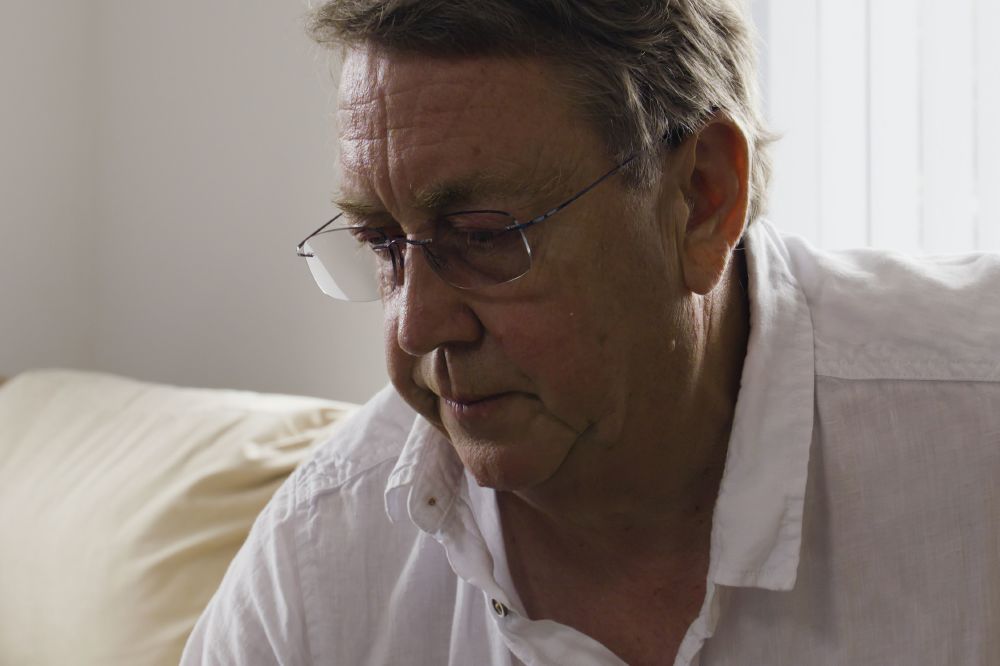
Dr Parsley wrote to the coroner and explained that when you ingest the drug, a by-product is made when swallowed and the liver processes it, you get hydroxyzine midazolam.
“It’s an active drug,” explained Dr Parsley, “so you’ve got to add that level to the level of the midazolam, you add the two together, and that gives you the true level, when you’ve swallowed it.”
The coroner did as they were asked by Dr Parsley, but nothing was done with the findings.
Dr Parsley knew there was something wrong, as Sue was a very clever and highly trained nurse and said that he “could not find a reason for it being in Sue's system other than it was administered by someone else.”
Kevin Cobb is now under suspicion
Three years passed since Sue’s death, making the year 1999, which is when Dr Parsley heard that Cobb had been arrested for administering Midazolam to a patient (while on duty) and raping them.
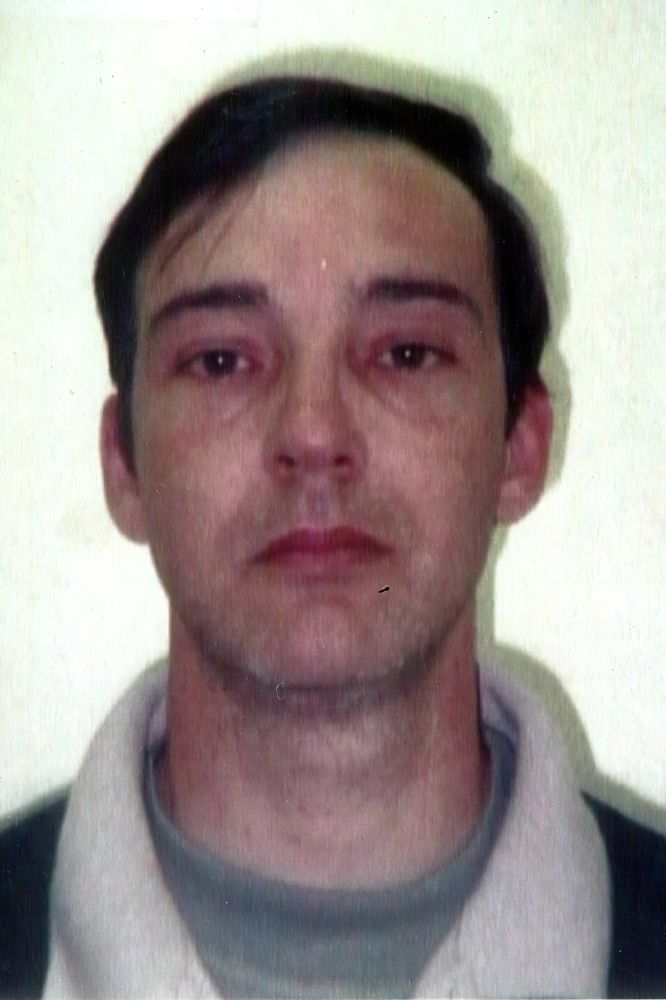
After hearing this news, Dr Parsley of course wanted the death of his college re-investigated as he now felt he knew for sure, her death was not an accident but a murder.
He called the police, informing them of his suspicions and asking them to investigate once more.
It was later discovered that Cobb had allegedly sexually assaulted three women while on duty, with two of them made allegations of sexual assault against him after being administered midazolam.
Another victim remembered the event quite clearly as Cobb had not given her a high enough dosage of the drug to make her forget the harrowing experience.
How was the case solved?
Superintendent Dickie was now investigating Sue’s death, and tracked down the toxicologist who had received Sue’s stomach contents over two years ago. Luckily, they still had the contents – which were then re-analysed at a police forensic science lab.
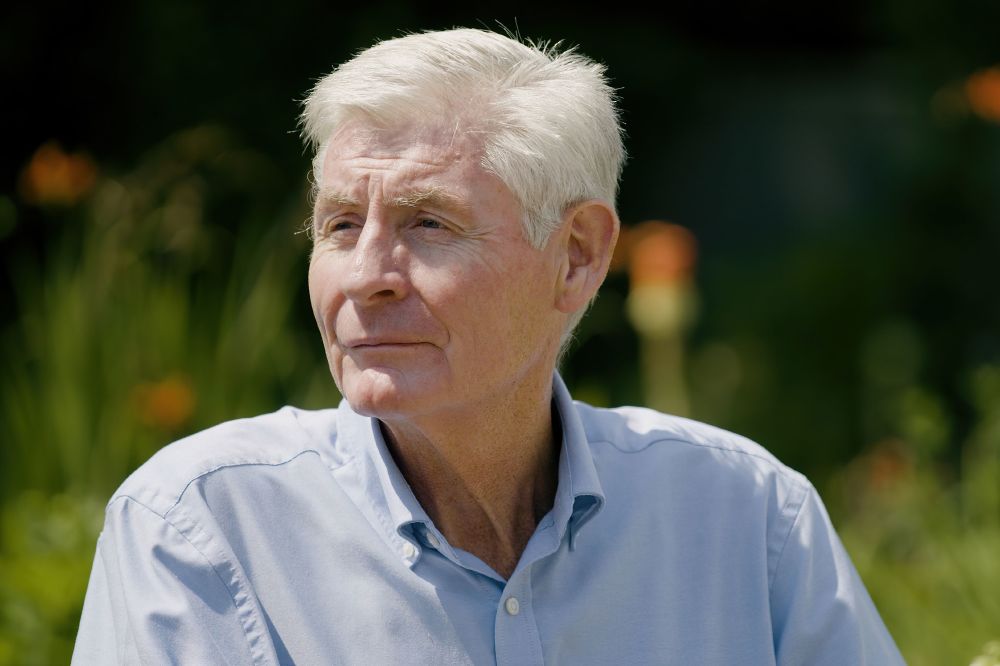
The amount of midazolam in Sue’s system was sufficient enough to cause heart palpitations and for her to collapse and pass away.
Dickie now believed that Cobb spiked Sue’s cider (which she was drinking when she and Cobb were in her room) with the drug.
Dickie rang Dr Parsley to let him know that his persistence regarding the case of his friend’s death had finally paid off.
The trial and verdict
Cobb was charged with manslaughter, administering a stupefying drug, rape and attempted rape and sexual assault.
He pleaded not guilty to all charges.
After a four-week trial, Cobb was found guilty of all charges and given seven life sentences.
Cobb served only 15 years in prison before he was released. Dr Parsley stated that he “would have preferred that he stayed in prison until aged 65 so that he would not approach young women easily.”
Dickie, clearly upset by Cobb being released, stated that “Cobb is out now, Susan’s dead… life in my view, should mean life."
The four-part series Murder at my Door with Kym Marsh premieres on CRIME+INVESTIGATION with the final episode airing on Monday, November 23rd, 2020 at 9pm. Episodes will be available for 30 days on catch up and on-demand services.
Written by Melissa, who you can follow on Twitter @melissajournal
RELATED: The stunning case of Gypsy-Rose Blanchard
For our newly-resurrected true crime series, Melissa Allen delves into the controversial case of young Gypsy-Rose Blanchard... READ MORE
Tagged in Kym Marsh Murder True Crime

